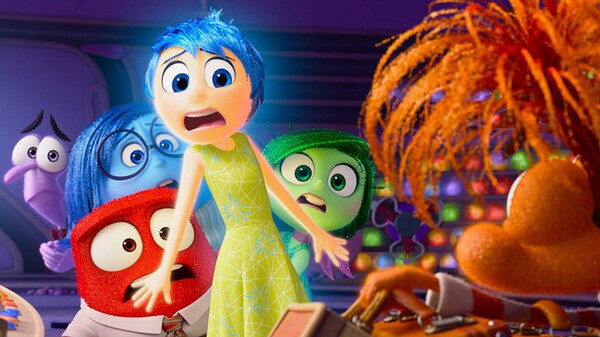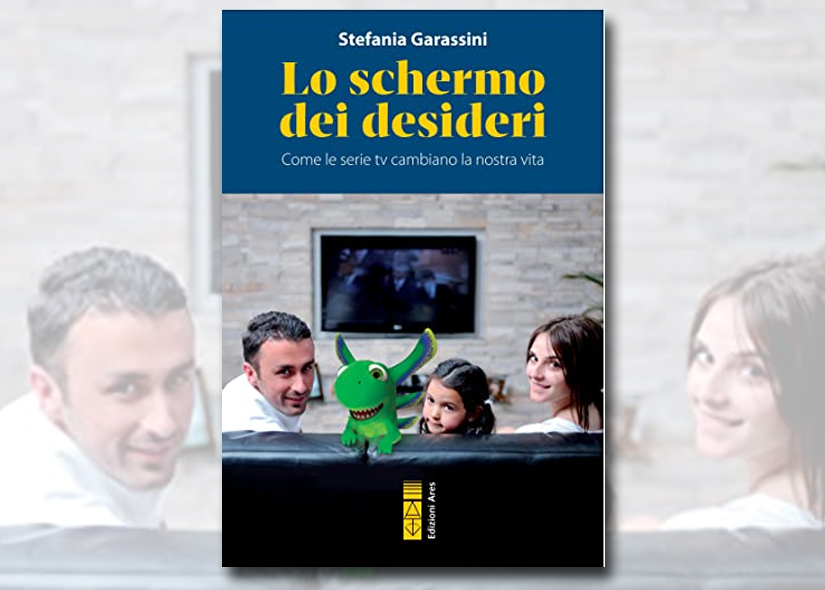Pinocchio
Is it even possible? Another film about Pinocchio? There are at
least forty of them to date, starting with the first silent film from 1911;
Matteo Garrone’s 2019 version with Roberto Benigni as Geppetto seemed to
have put the final seal on it—at least for us Italians. But now Disney+ is
offering its own live action and CG version by director Robert Zemeckis,
starring Tom Hanks. It was most likely a hasty release, since yet another
Pinocchio, on Netflix made by Oscar-winning director Guillermo del Toro, is
coming out this Christmas.
Will audiences still find this story interesting considering they’re
beating it into the ground? Moreover, this story about a puppet who becomes
a boy is no longer kid’s favorite book, as it once was when it first came
out. But so what? Classics like Pinocchio are destined to be
immortal. Jane Austen’s novels come to mind, by analogy: they tell of times
long gone, where girls’ only aspiration was to be chosen by Prince Charming
and become good mothers that raised good children; women finding
independence through their work was unspeakable. But “the universal” lay in
the souls of those girls and boys committed to understanding what true love
is and discovering the beauty of deeply experiencing love for their family
and sincere friendships.
Pinocchio
, on the other hand, is a coming-of-age story with a great variety of
ideological and formal components that all ages can read (in fact, each
screenplay writer has tried to come up with his own interpretation). The
most famous theme is that of a Pinocchio who matures by making mistakes,
answering to an honest working father (Geppetto) and a loving mother who is
happy to take care of him (the Blue Fairy), with the help of the voice of
conscience and under the constant rule of the law (the carabinieri). What
Collodi wanted to tell us is in line with the morals of the bourgeois and
industrial society of the late 19th century.
If Matteo Garrone’s 2019 version is fairly aligned with the original text,
Robert Zemeckis had another goal: to be faithful to the 1940 Disney
cartoon. An initiative that should be framed within Disney’s larger project
of preserving, through versions with live actors, the copyright on its
classics.
The 1940 version—which was certainly remarkable for its animation in that
era—had already purified the text’s more violent parts and changed him from
being a mischievous brat to a naïve child, clueless about life (for
example, in the movie, Pinocchio doesn’t kill the talking cricket by
crushing him, nor is he himself hanged). The 2022 version is faithful to
the 1940 film to the point of largely reproducing the same sequences and
having the protagonists say the same lines.

This remake, however, is worse than the 1940 version. There is a problem
with pacing (the entire first part about Geppetto’s life at his workshop is
unnecessarily long and detailed). Various characters appear and then vanish
without ever really being developed: the Blue Fairy appears only at the
beginning to bring the puppet to life; the cat and the fox go about their
business as Pinocchio’s pranksters but then are never seen again. The songs
aren’t memorable. Pinocchio has only one main goal that he repeats
obsessively: to make his father happy—so much so that he always cheats
himself. At least the moral aspects have been well-preserved: the cricket
becomes Pinocchio’s “minister of knowledge of good and evil and his
counselor in moments of temptation.”
The few variations from the 1940 version are: having intensified Geppetto’s
grief, as he turns out to be a widower who also lost his son, and the
introduction of a circus girl who tries to help the wooden boy escape the
villainous Stromboli. Through this encounter, Pinocchio discovers the
tenderness of affection with this girl who was inserted to make up for the
lack of female characters. Toward the end, we see a substantial shift from
the original text and any film version. After all, analyzing recent Disney
productions, we might have expected this: special attention is paid to
Pinocchio’s “being different.” Geppetto is grateful to Pinocchio for
rescuing him, he loves him for who he is, and he does not feel like
Pinocchio needs to be transformed into a flesh-and-blood child. Following
this ending, it is very likely that there will be a sequel.















